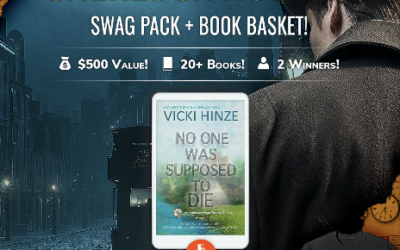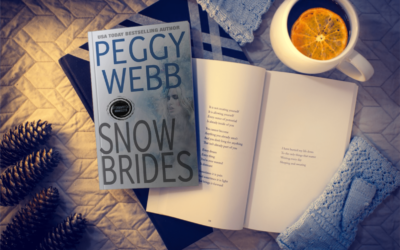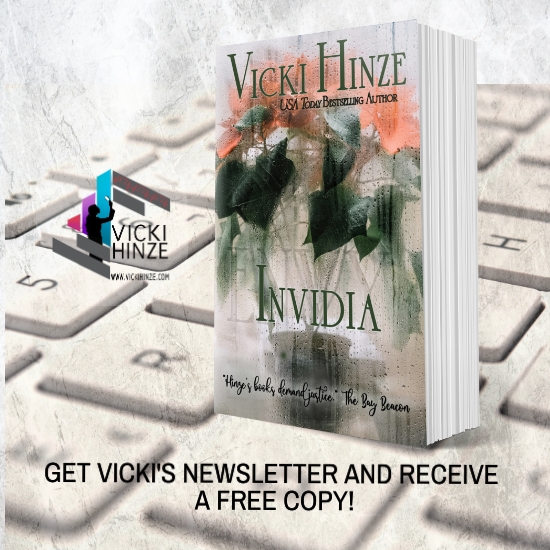WARNING: This is a no-edit zone…
Is the Prologue or the Flashback an asset or a liability?
Seems like a simple question, doesn’t it? But this is a case when what seems to be isn’t–not that a response is ultra complex, it just requires judgment calls, and we all know those can be tricky. But as authors, we make judgment calls all the time. So we’re experienced, and that helps but let’s face it, we all wish there were a few guidelines and tests we could apply to the work to assist us in making those judgment calls. So I’ve been pondering on this for a few days and thought I’d share my thoughts. As always, writers, take what works and rings true and helpful to you and ditch the rest…
THE PROBLEM.
The problem with prologues and flashbacks is that they’re passive (even when written actively). What’s occurring on the page has already happened. That diminishes urgency, suspense (doubt about the outcome) and that typically diminishes interest. Passive isn’t always a bad thing, and there are times when we want the psychic distance it creates and the distance between what’s occurring on the page and the reader. In other words, for valid reason we don’t want the reader up close and personal experiencing what’s happening and feeling the full emotional impact of what is happening.
The challenge is that often times we fall victim to this challenge not deliberately but unintentionally. So we diminish that which we don’t want diminished and create distance when we don’t want it or need it–when it doesn’t best serve the story.
The problem with passive specifically is it’s stagnant. So nothing is really happening right now, which means the forward momentum of the story is at a dead halt. That’s dangerous turf for the story which makes it dangerous turf for the writer. Why is it dangerous? Because if nothing is happening what is to inspire the reader or even to encourage the reader to keep reading?
Stagnant text/storytelling inspires and encourages or fosters opportunities for readers to put the book down. If a reader does so often, odds are against them picking the book up again–and even if they do, they’re not as likely to feel satisfied at the end of the book as if they’d read without that “put it down” urge.
Think of it this way… How many times have you been reading a book, knowing it’s late and you have to get up early and you really should go to bed now but you just want to read one more chapter, or scene, or page? Think about it. Hard. Then ask yourself: How many times when I had that feeling was I reading a prologue or a flashback?
My guess is not one. That you were neck-deep into active story. Neck deep into the fictional dream.
Both the prologue and flashback create a fictional dream (provided the author does his/her job). But the fictional dream either creates is a different and separate (if related) fictional dream from the one in the active story line.
The dangers in that? Think divide and conquer. Diffusion of focus, attention, interest, investment.
When you’re talking a financial portfolio, diversity is a good thing. When you’re talking about a reader’s emotional investment in a novel, it’s not a good thing. And if it’s really abused, it’s a kiss of death.
That isn’t to say that a prologue and/or a flashback is to be avoided. Some are story-essential. But it is wise to make sure any prologue you incorporate or any flashbacks you give story space have earned their place on the page.
Okay, but how do you do that?
First, kill them. Not in the novel, but in your mind. If you can tell the story well without the prologue or the flashback, then you don’t need them. You can avoid the complications that can arise, like the chalenges mentioned thus far, or the real potential of the reader getting more interested in the flashback story or prologue events and resenting being brought to the active story. That’s a major hurtle to overcome.
So kill the prologue/flashbacks. If the story works without them, great. If you can make it work well, then by all means do it.
If they won’t die–meaning, you can’t effectively tell the story you must tell without them–then let the prologue and/or flashbacks live. They’ve earned their space on the page.
By the way, this is also an excellent test for secondary characters–to kill them, if you can and if they refuse to die, then and only then to let them live.
But back to prologues and flashbacks.
Another challenge with both, but particularly with flashbacks, is transitions.
Often writers will write long passages, trying to bring the reader from then to now or to take the reader from now to then. This is problematic for a multitude of reasons, but I’m a simple person and think in simple terms, so I’ll share my version of why.
Think of a transition as a bridge that takes you from one bank to another. If it’s a long bridge, the span of it is weaker, right. You see bridges with all those support beams and tension bars. Well, a transition in a book is the same way. Sprawl it out and you better support it or you’re going to find your readers dumped in the river between the banks along the way.
The goal is to get the job done. Get the reader transitioned and get on with the story—the sooner, the better. So keep transitions short and vivid.
You might use an object or a phrase that cues the reader that they’re about to shift into or out of a flashback.
Example. A ticking clock or, one I used–I think it was in Maybe This Time–an amulet. When it glowed, the reader knew s/he was going to shift. Quick. Efficient. And right back to the story.
(This short-span and object/phrase method holds true and works well for point of view shifts, too.)
Here’s the thought process on these things as they pertained to my book, FESTIVAL.
Okay, the contemporary protagonists had to solve a mystery that occurred in 1100 in order to solve a critical-to-saving-their-lives mystery in contemporary time. The 1100 mystery was key and central to the current plot; it had to be shown. (Earned it’s space in the novel.) So getting to and from required transitions. I used a phrase in the then language. Don’t recall it now, but it was a couple words. That was the trigger–the phrase.
So when it was time, I planted the trigger (so the reader knew what it meant) then pulled it. That handled the transition. Coming out, I planted and pulled the trigger. Transition complete.
In Maybe This Time, I used multiple tools because that book was set in contemporary New Orleans, prehistoric times, Regency era England, and medieval Scotland. In between those settings, we flashed to the protagonists in a disincarnate state. So I ran multiple story lines that interrelated–so you had to go from A to B to C. If you skipped one, you lost vital events and information.
So relevance is a key to watch for in writing prologues and flashbacks. Is what occurs during them relevant to what’s happening now to the extent that you can’t leave it out and have what’s happening make sense?
The whole question of asset or liability can only be answered for a single story–yours. Because what is an asset for one story could drain the strength from the next. So the short answer for are prologues and flashbacks assets or liabilities is: It’s story dependent.
If you need the prologue, use it. If you need the flashback use it. But first try to kill them. If they won’t die, let them live. Then, knowing they’re essential, remember to cue the reader, keep your transitions clear, short and vivid–strong–and make sure they’re critical and related so that both the “then and now” fictional dreams support each other and work in harmony and aren’t disjointed which jars the reader and robs them of satisfaction with the whole of the book.
And do be aware that often when you’re trying to kill them, you will come up with a way to relate the needed portions in the active story, negating any need for the prologue or flashback. I love it when that happens.
So the bottom line is that the prologue and the flashback can be an asset or a liability. It really depends on the book–and the author’s skill in using them.
Blessings,
Vicki
VICKI HINZE
©2008, Vicki Hinze
Tags: author, writer, novelist, books, creative writing, novel writing, prologue, flashback, transitions, fictional dream, writing asset, writing liability





